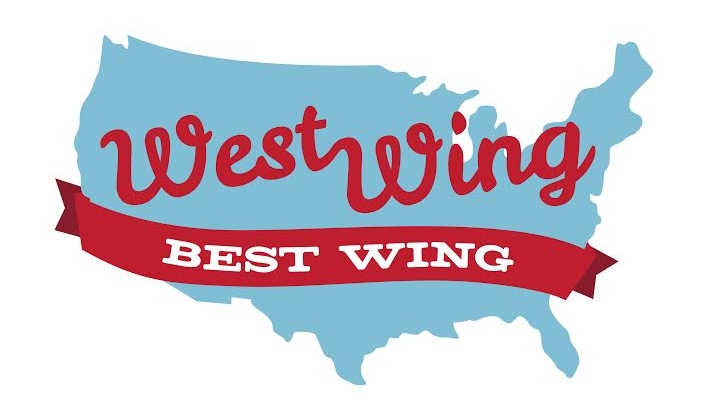Presidential Responses to HIV/AIDS
With the passing of George H.W. Bush, I saw a lot of posts about how his inaction around AIDS led to hundreds of thousands of deaths. Let me be crystal clear, I am not a fan of George H.W. Bush, or really a fan of any Republican since Lincoln, but I have also spent four years obsessively researching the early years of the AIDS epidemic and I’m not sure Bush deserves some of the criticism he’s been getting. But I realized if I was going to talk about what George H.W. Bush did to combat HIV/AIDS, I’d have to do a little more research about where he stacked up against other presidents.
And so, in order of historical appearance, our Presidents and their responses to HIV/AIDS.
Ronald Reagan
Well, if anyone is at the bottom of this list for presidential response to AIDS, it is absolutely Ronald Reagan. Reagan’s main goal was an overhaul of the federal budget, and to curb spending, he implemented hiring freezes and steep cuts to social programs. These cuts made it very hard for the government to adequately respond to a major health crisis, like HIV/AIDS. The fact that the disease was happening to a stigmatized minority group didn’t help either.
Congress was slightly quicker to react, holding hearings and introducing the first funding bill to combat the epidemic in 1982. But the funding bill died in committee. A dedicated funding bill to deal with the AIDS epidemic wasn’t passed until July 1983. By that time, there were over 3,000 reported cases of AIDS, and over 1,200 people had died.
President Reagan didn’t discuss the disease until September of 1985. That was also the year he included funding for AIDS in his proposed budget to Congress. Congress increased the funding, appropriating $190 million dollars for AIDS research. At that point, there were over 20,000 cases of AIDS across the world.
1987 saw the introduction of the first ever medication to fight AIDS, Reagan’s first public speech about AIDS, but no meaningful increase in government funding. There wasn’t much more Reagan did throughout his presidency, beyond allowing the appropriation of some funds to research and fight AIDS. Reagan’s Surgeon General, the incredibly Catholic and conservative C. Everett Koop, did far more to fight AIDS than Reagan did, but that’s a story for another post.
By the end of Reagan’s presidency, the number of AIDS case was close to 100,000 and no meaningful government programs had been passed to deal with the AIDS epidemic. Reagan allowed his budget cuts and personal prejudices to prevent the creation of programs that could have saved a generation of lives. It’s hard to find a person in history who was worse on AIDS than President Reagan.
George H.W. Bush
Does Reagan’s own horrific action tar his Vice President’s response on AIDS? According to some, Bush’s silence during the Reagan years makes him as culpable as Reagan for the deaths of thousands. People also point to Bush’s comments about “behavioral change” as something that increased stigma around AIDS.
Bush was not perfect by any means, but to lump him in with Reagan is to gloss over two of the most important government programs assisting people with HIV and AIDS today. One is the Americans with Disabilities Act, which prohibits discrimination against people with disabilities, which also includes people with HIV/AIDS. The other is the Ryan White CARE Act, a program that funds community-based care and treatment services, and is the largest HIV specific federal grant program.
President Bush still faced his fair share of protests, and those protests were warranted. Research wasn’t moving fast enough, people were still dying, and there didn’t seem to be any treatment or cure. But I don’t think it’s fair to say that President Bush was as bad on AIDS as Reagan was, particularly since he did support and ensure the passage of these two major programs.
Bill Clinton
Bill Clinton’s actions likely did a lot to combat the stigma, since he visited the AIDS Memorial Quilt. He also established the Office of National AIDS Policy and increased spending.
Deaths from AIDS fell during Clinton’s presidency, due to Highly Active Anti-Retroviral Therapy, or HAART, a combination of anti-retrovirals and protease inhibitors that made it far less likely people would develop AIDS from HIV. It is certainly possible the increase in funding he provided facilitated the creation of these drugs. He also signed an executive order to facilitate AIDS drugs going to developing countries.
But he also signed a bill to ban people with HIV and AIDS from traveling to the United States. And nothing says “stigma” like banning someone from a country because they have HIV.
George W. Bush
Are you ready for this? When we look at Presidents who did the most for HIV/AIDS, President George W. Bush is at the top of the list. I know! I was surprised too. But in 2003, President Bush created the President’s Emergency Program for AIDS Relief. Between 2003 and 2008, the program received $18 billion from the US Government. A 2009 study on the PEPFAR programs determined that HIV deaths had fallen by 10.5% in 12 PEPFAR focus countries. A 10.5% reduction in deaths amounts to around 1.2 million people. Because of George W. Bush. Wild, I know.
Barack Obama
PEPFAR was originally established as a 5 year program, and President Obama reauthorized it in 2008. He also facilitated the reauthorization of the program through 2023. Which, thank goodness, given who came after him. As of 2018, PEPFAR has 14 million people receiving treatment around the world. President Obama also lifted the ban on immigration and travel for people with HIV.
Donald Trump
He wanted to use funds from the Ryan White CARE Act (remember that? From Bush?) to separate immigrant families. He’s not quite the bottom of the list, that’s Reagan, but my goodness is he close!
